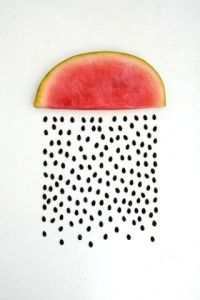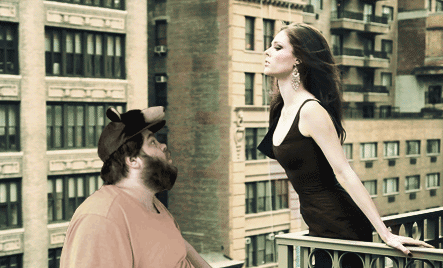Why Travel Makes Us Better Designers (and Chefs and Scientists)

This is what happens when you cross the border from Akçakale, Turkey, into Syria. Specifically, Syria in the Summer of 2010, not long before things fell apart.
The first thing you should know about is the heat. It is incomprehensible heat. Impossible heat. As you queue, there will be surprise that you are American. Border Guard #1 will ask to speak to Border Guard #2, and Border Guard #2 will ask to speak to his supervisor, who will ask his supervisor and his supervisor’s supervisor to examine your passport. There will be intense scrutiny over every stamp. You will reassure them. These reassurances will be in vain because the guards will, of course, not understand anything you say. It’s best just to smile and be patient. Your belongings will be under constant threat of search, but they will not be searched. A presidential portrait will loom. An old fan will spin slowly, pointlessly. When you do finally cross, insha'allah, it will be to no fanfare. There will be no exotic fruit stands. No taxi taunts taunting. It’s not that kind of border, see.
Oddly enough, there is an intense beauty in these moments of travel. Or maybe more to the point: Part of what makes travel special is that it can yield so many moments that are beautiful almost purely because of their intensity. Here it’s a will-we-or-won’t-we-make-it-across moment. Another day it’s an I’m-not-sure-if-I-can-survive-this-bus-ride moment. Or perhaps a seasick-ferry-ride-to-somewhere moment. Or an unscheduled-pit-stop-in-nowhere moment. Threshold moments, you might say.

Threshold moments are special not only because they are so often tests; they are also points of profound anticipation—moments when the mere idea of what’s around the bend or over the hill or across the wall heightens our focus. They are moments when you are truly present—moments when sight and sound and smell descend upon you, thick like a fabric. And they are moments that, with any luck, we take home with us not as souvenirs but as lessons on the richness of life. Making us better chefs and engineers. Better designers. Better architects, scientists, and indeed better, more attentive human beings.
On a more recent trip I found myself in a threshold moment in Comayagua, Honduras. I was travelling with a small group and we had just spent 12 hours on the road. The following day would be no better: another 12 hours on what was beginning to feel like an endless drive to Granada. At first I looked at the city as a hotel room, a halfway, an in between. Wikipedia lists Comayagua as “one of the most important tourist attractions in Honduras”—a claim that felt, as we walked among unremarkable buildings and gun-toting security guards, about as true as calling Albany the crown jewel of New York.

But the city opened up, as cities do. We lingered among locals in the town plaza as dusk approached. A quinceañera wrapped up nearby. A Christian radio station blasted mariachi music in the distance. A fashion show for wedding dresses was rumored to be in the works for later in the evening. Moms chatted and dads dozed. Kids licked cotton candy-coated fingers. My friend pointed out that this might be our most authentic moment in Central America. And it felt true. We were on our way to Granada, but we were also right where we were supposed to be. We were at a middle that was also an edge. A threshold and a lesson.
















